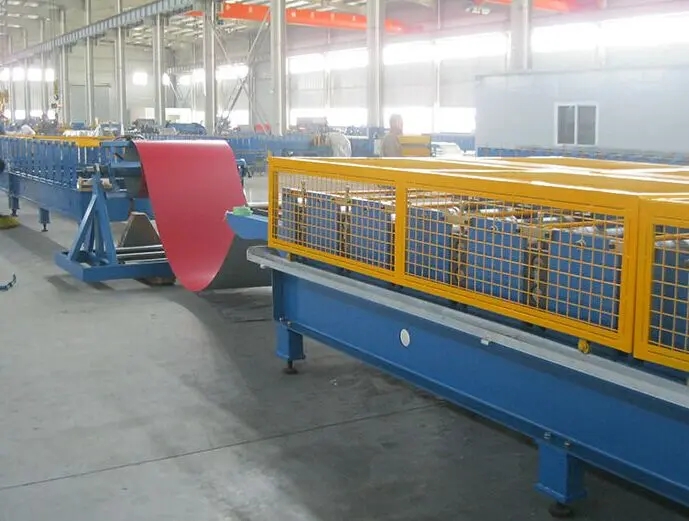
Single C Purlin Forming Machine Revolutionizing the Steel Industry
In the construction and manufacturing sectors, the demand for high-quality steel components has been on the rise. One crucial element in this demand is the C purlin, a structural component primarily used in the construction of metal buildings, warehouses, and various types of industrial structures. The single C purlin forming machine plays an integral role in producing these essential structural elements with speed and precision, offering numerous benefits to manufacturers and builders alike.
Understanding C Purlins
C purlins are horizontal structural members that provide support to roofs and walls. Their shape resembles the letter “C,” making them easy to connect with other components while maintaining structural integrity. They are popular due to their versatility, lightweight nature, and ability to support a large load. As the construction industry continuously seeks to improve efficiency and reduce costs, the use of advanced machinery for producing these components has become paramount.
The Role of Single C Purlin Forming Machines
Single C purlin forming machines are specialized pieces of equipment designed to manufacture C purlins from steel coils. These machines bend and cut the steel to create the desired C shape through a process known as roll forming. This method involves passing the steel coil through a series of rollers that progressively shape it into the final product. The process is both efficient and effective, allowing for precise dimensions and uniformity in production.
One of the key advantages of single C purlin forming machines is their ability to operate with minimal downtime. With automated features, these machines can produce purlins in various lengths and sizes depending on the needs of the project. This flexibility allows manufacturers to cater to different market demands and enhances production capabilities without significant manual intervention.
Benefits of the Technology

1. Cost Efficiency Investing in a single C purlin forming machine can significantly reduce labor costs associated with manual production methods. The automation involved in the process decreases the likelihood of human error, ensuring higher quality products with less waste.
2. Speed of Production Traditional methods of producing C purlins are often slow and labor-intensive. In contrast, forming machines can produce large quantities of purlins in a fraction of the time, meeting the increasing demands of the construction industry.
3. Customization Single C purlin forming machines allow for customization based on specific project requirements. This adaptability is crucial in modern construction where unique designs and specifications are commonplace.
4. Quality and Precision These machines consistently produce high-quality and precise purlins. This precision is essential in construction, where structural integrity depends on the accurate dimensions and strength of components.
5. Durability Purlins produced using advanced forming machines tend to have better surface finishes and greater tensile strength. This durability makes them suitable for a wide range of applications, particularly in extreme weather conditions.
Conclusion
The advent of the single C purlin forming machine has transformed aspects of the steel industry, providing a much-needed solution to the growing demand for efficient and reliable production of C purlins. As construction continues to evolve, incorporating newer technologies and machinery becomes imperative for remaining competitive in the market. With their remarkable speed, cost-effectiveness, and precision, single C purlin forming machines are set to play a central role in shaping the future of building structures and industrial applications. By investing in this technology, manufacturers can ensure they meet the evolving needs of their clients while also enhancing operational efficiency. As the construction landscape continues to change, embracing such innovations will be crucial for success.